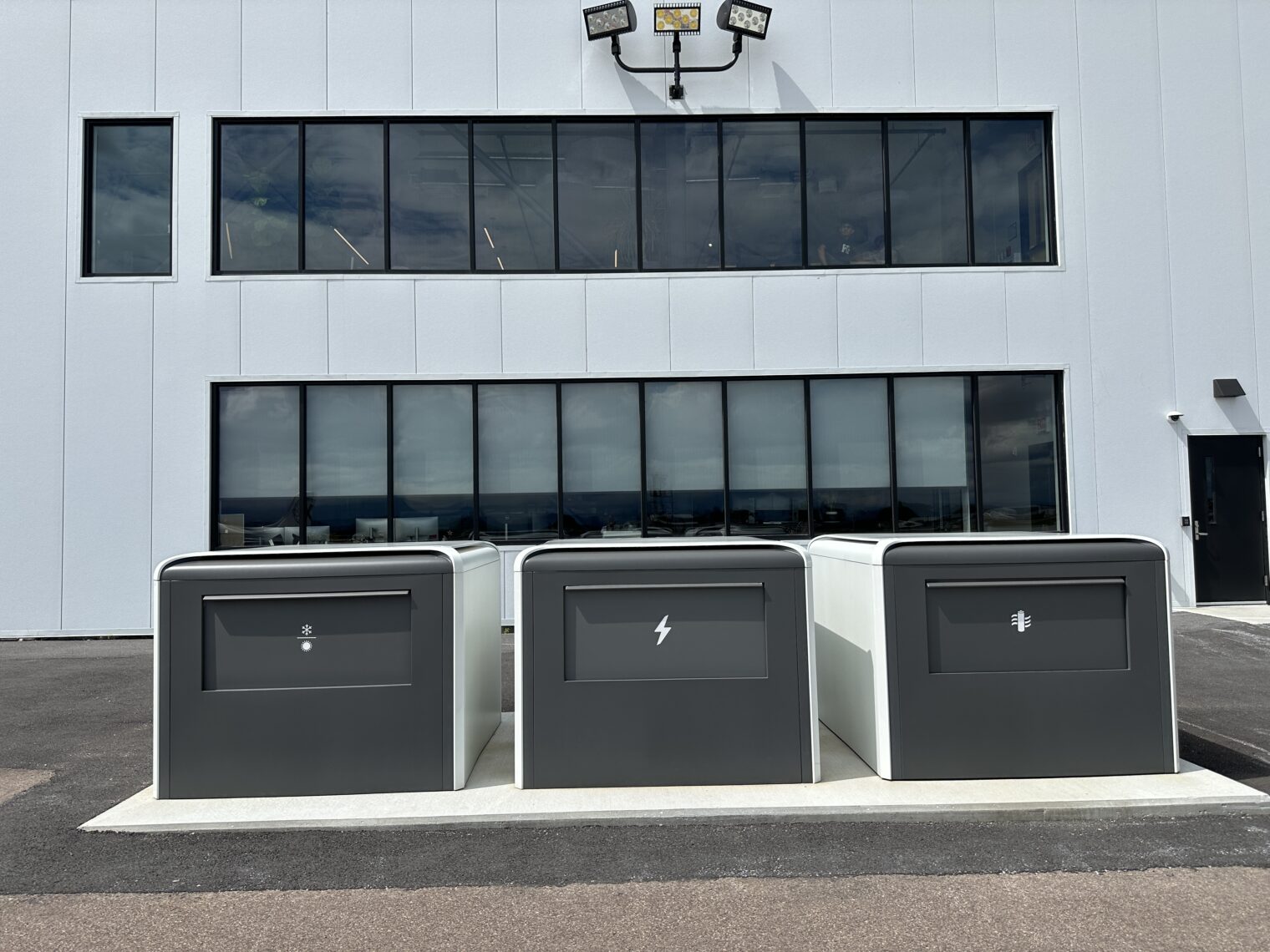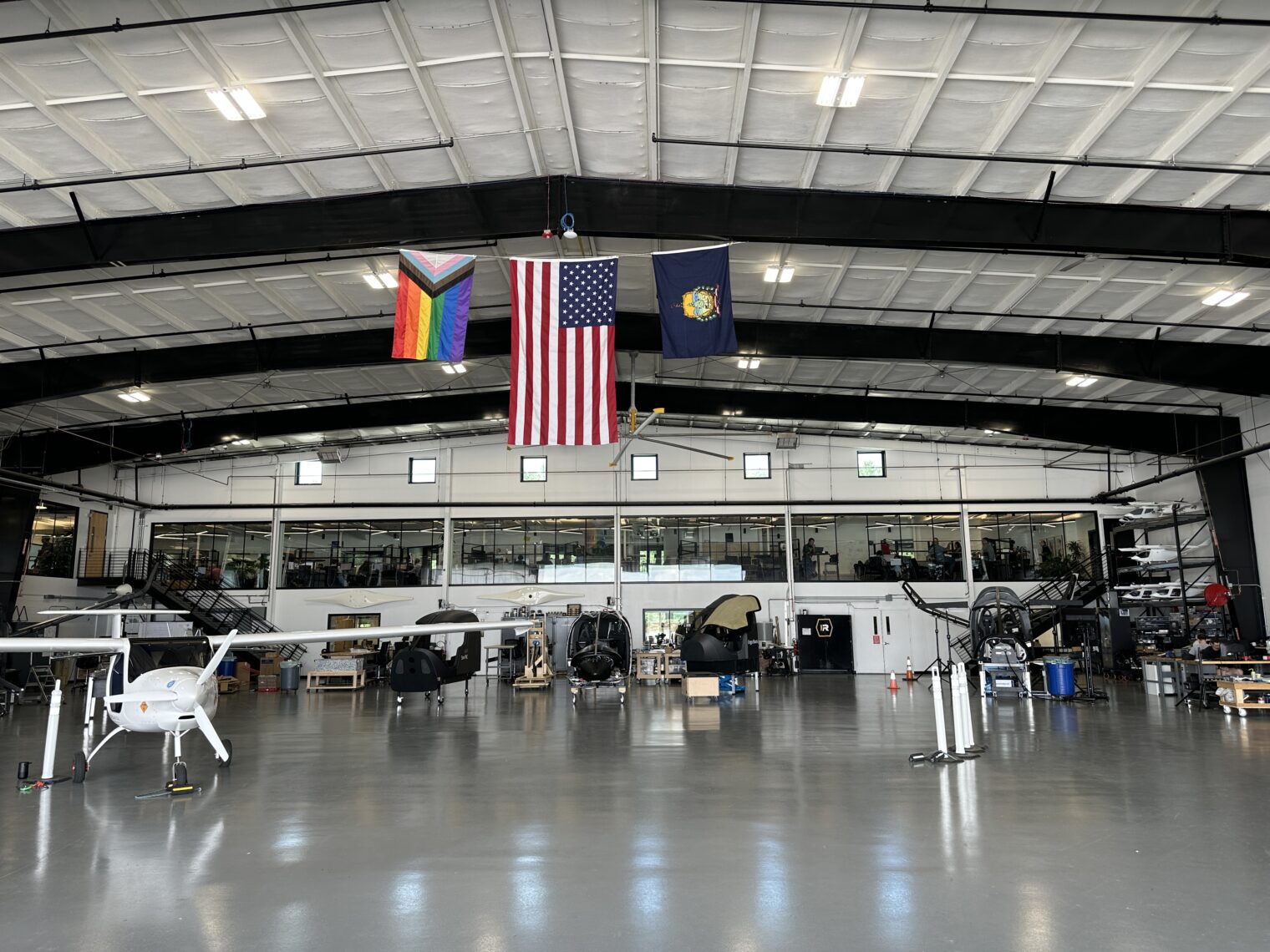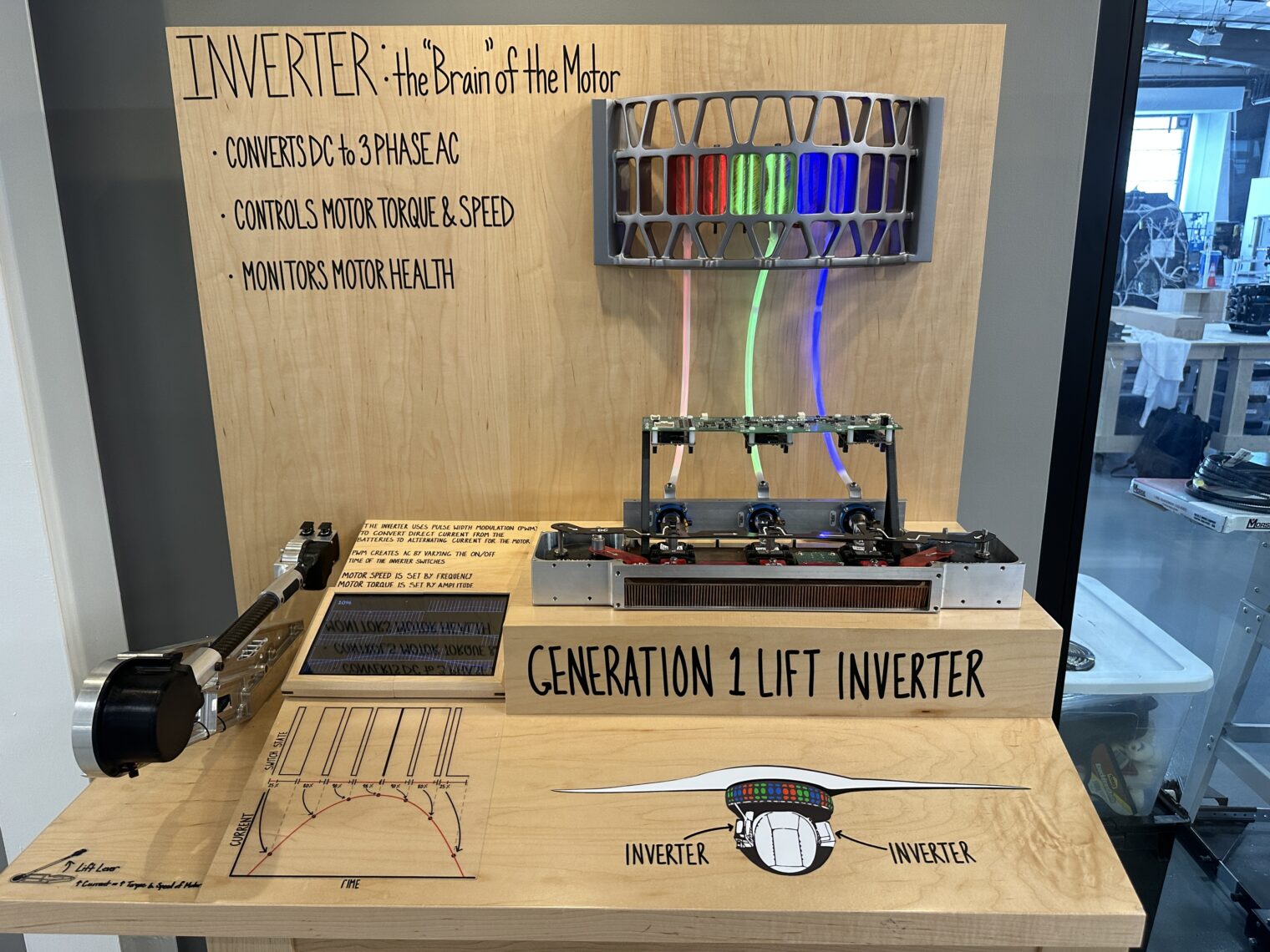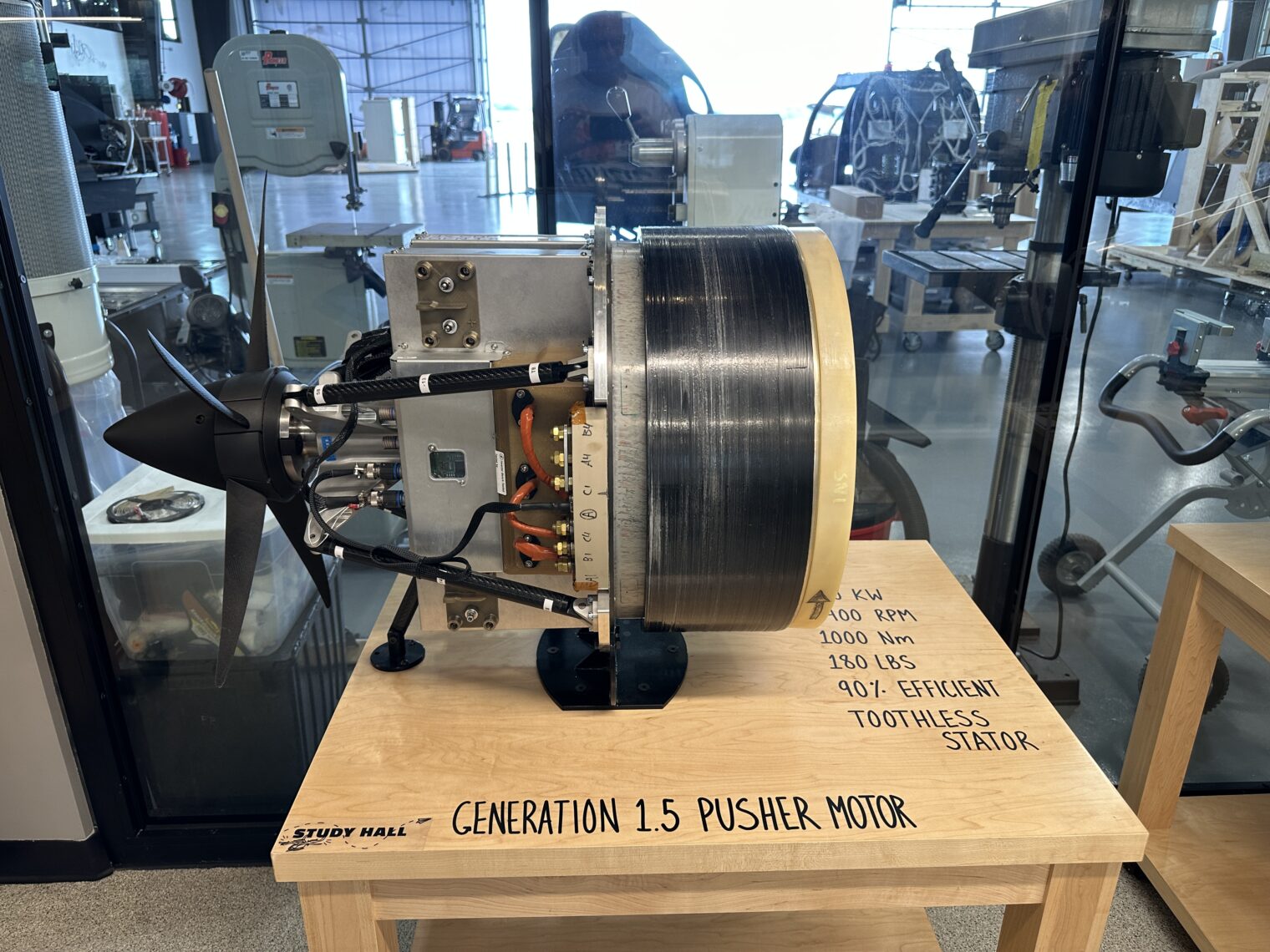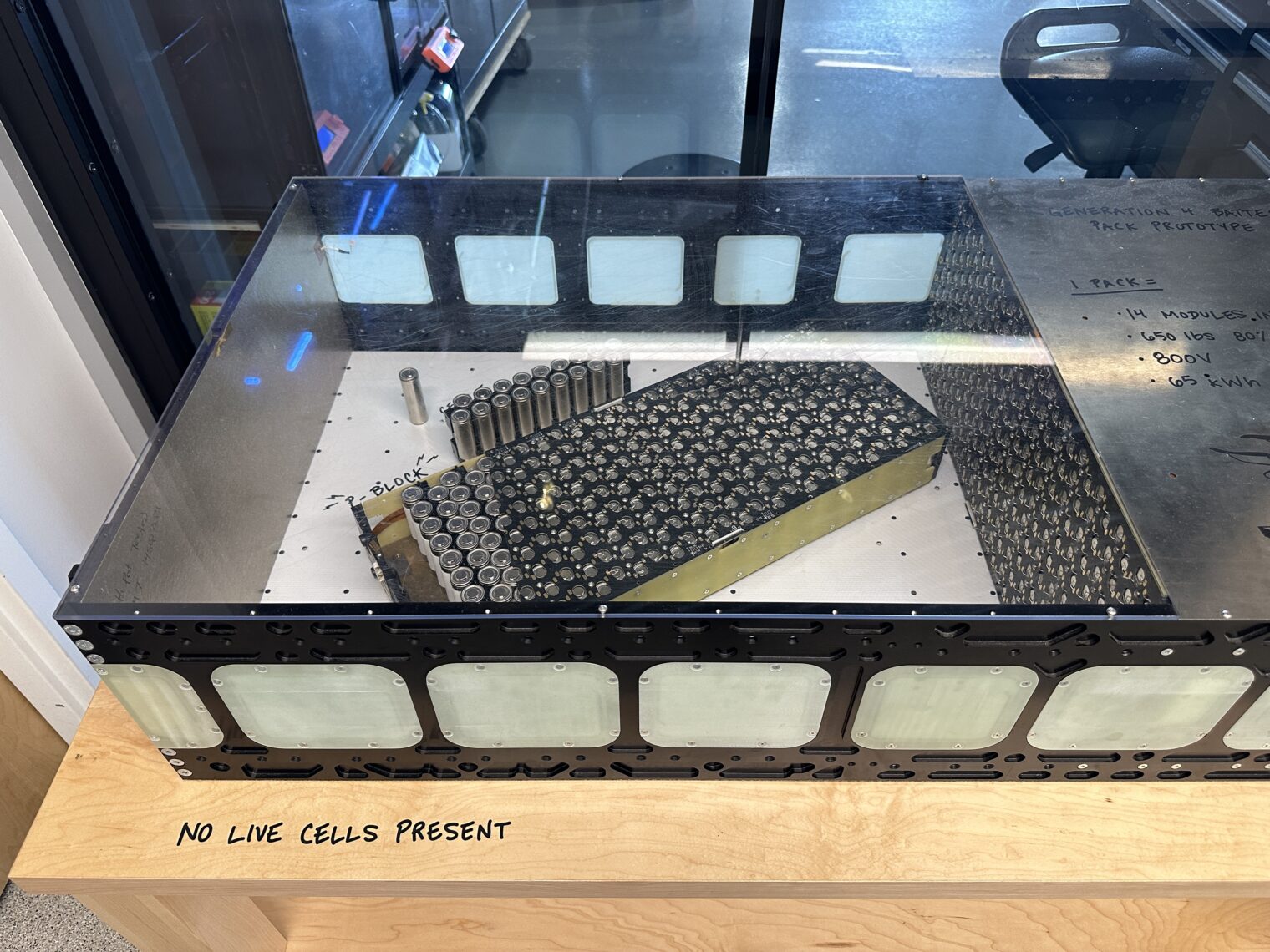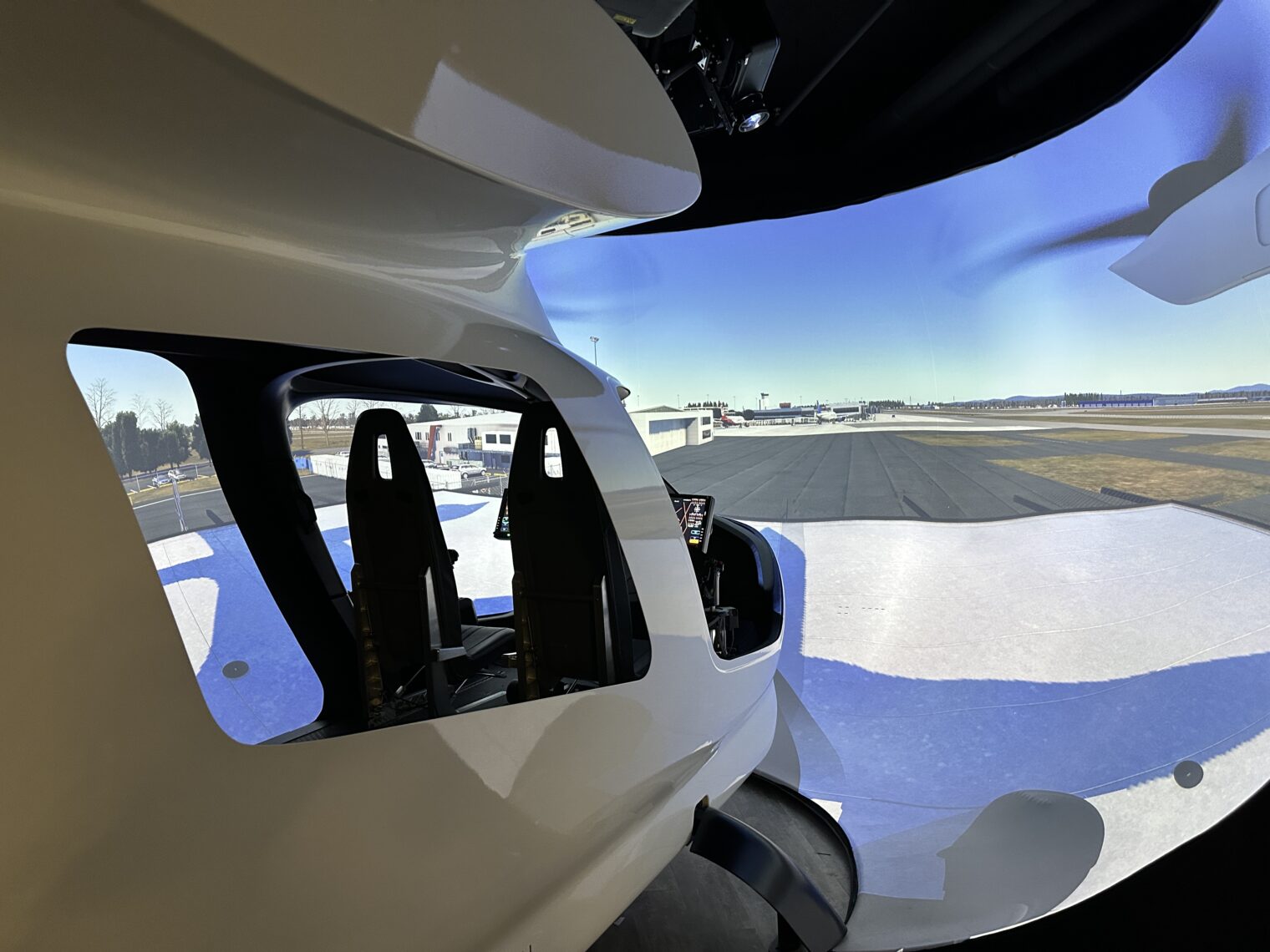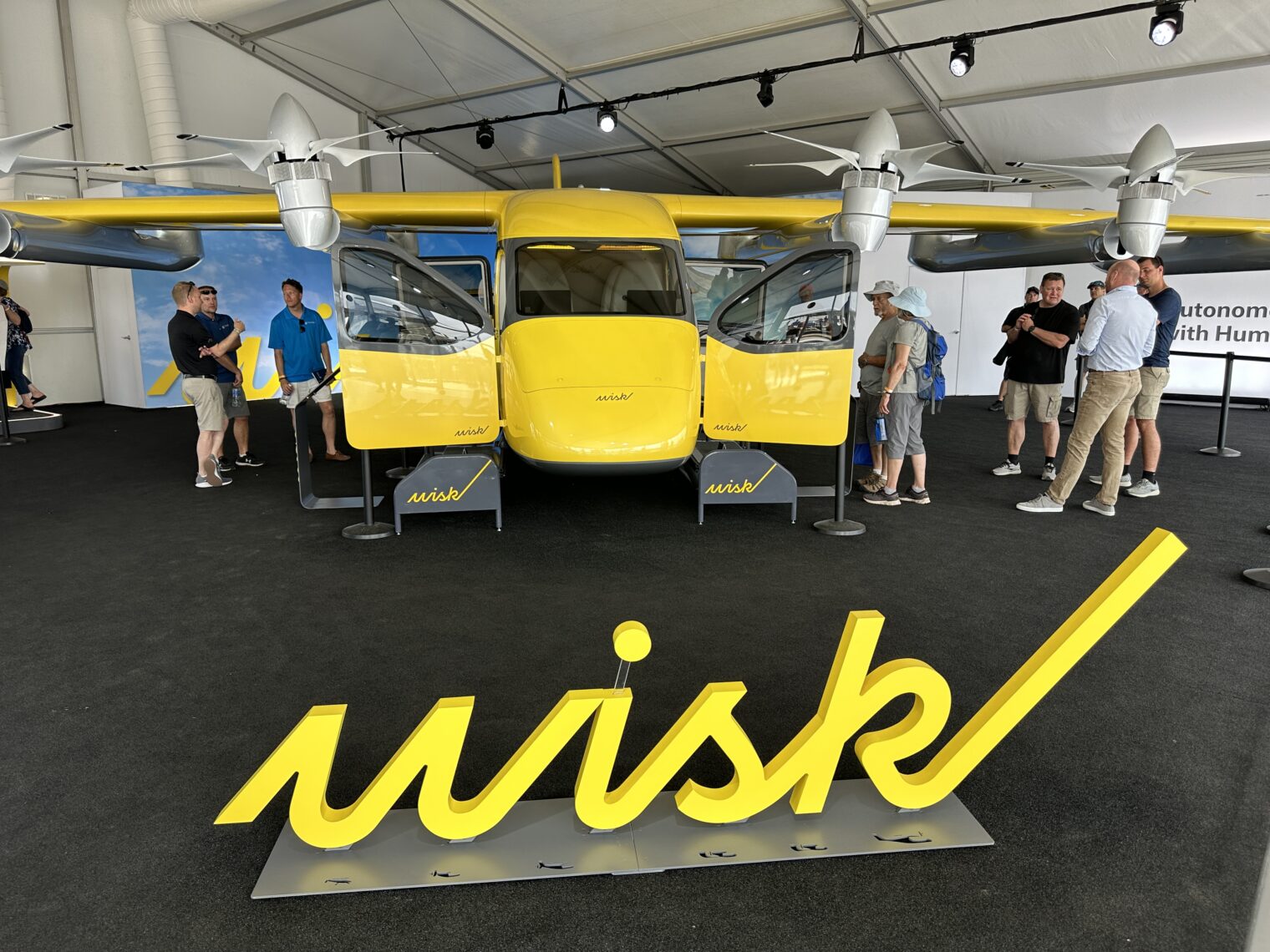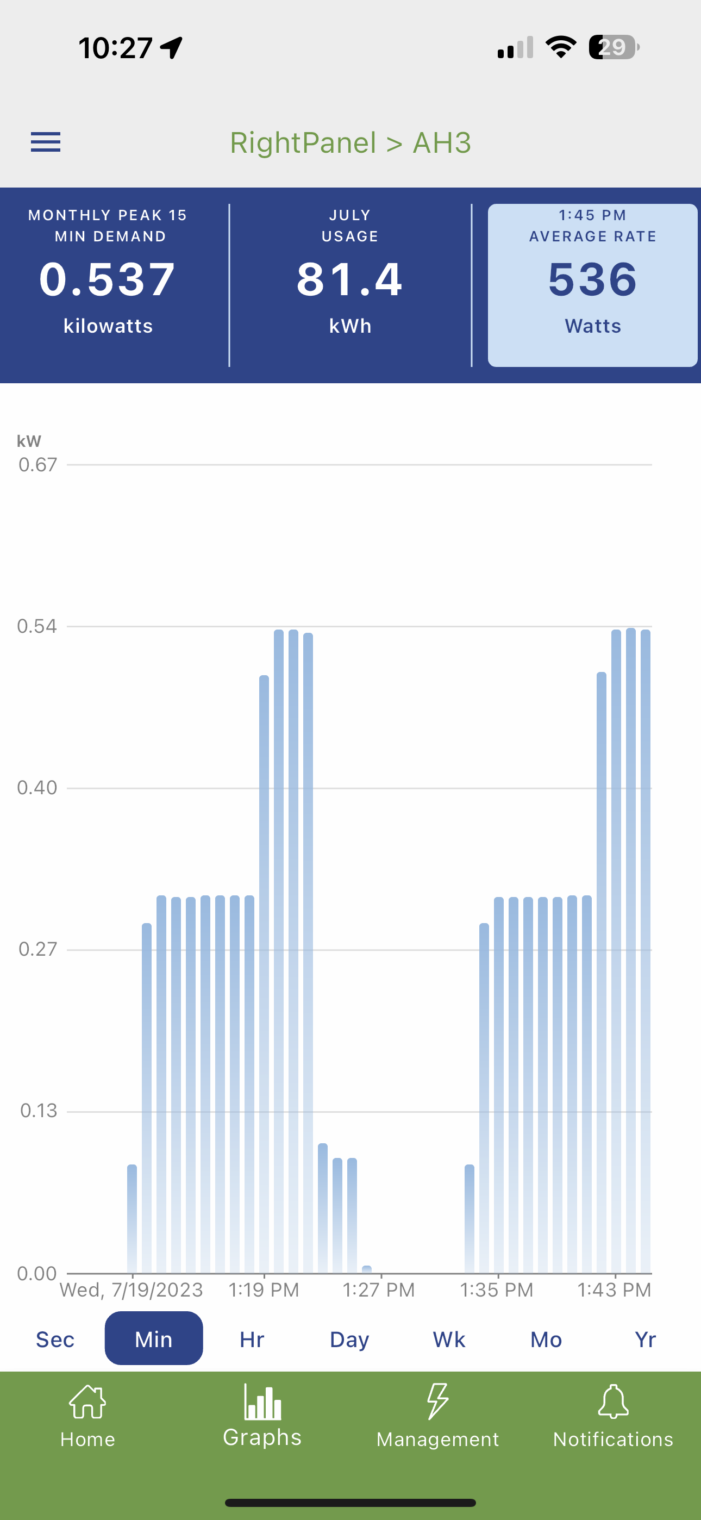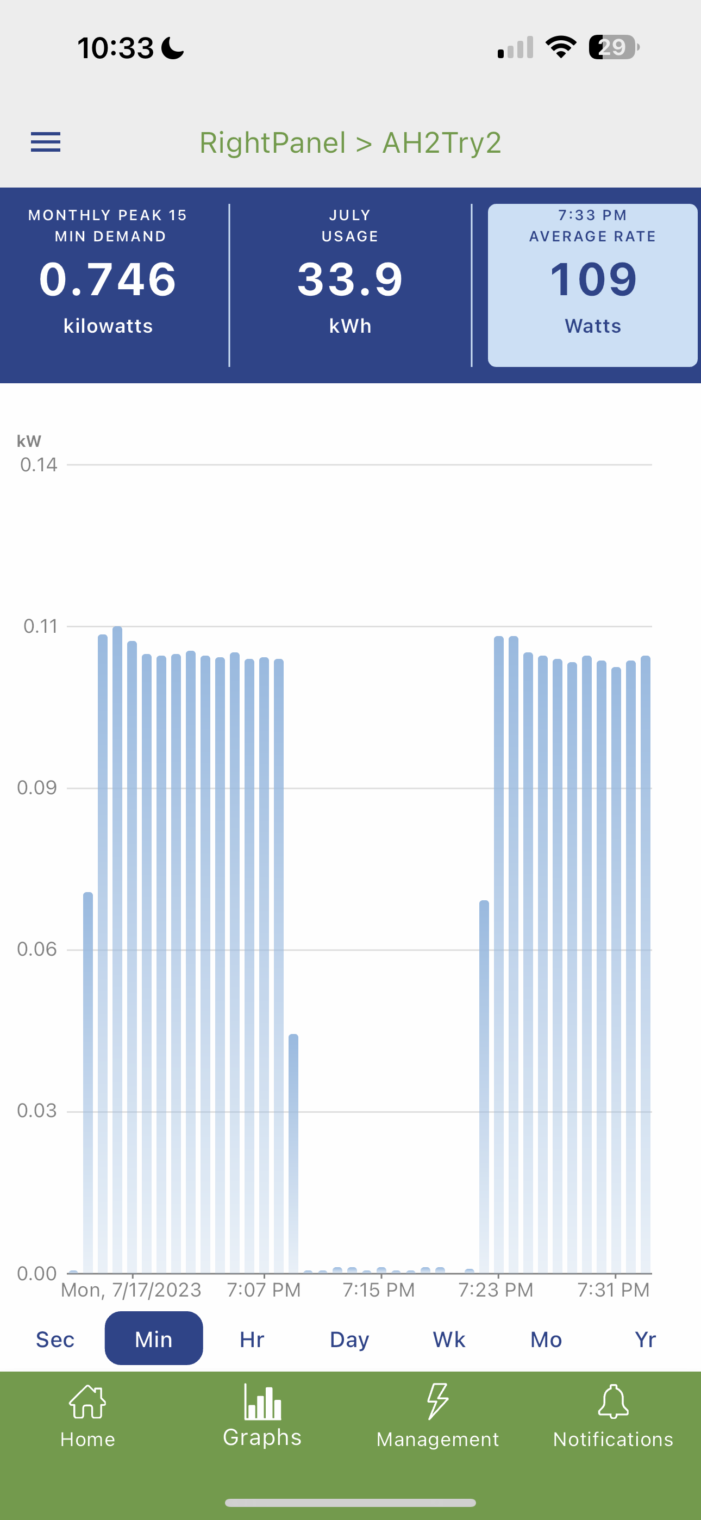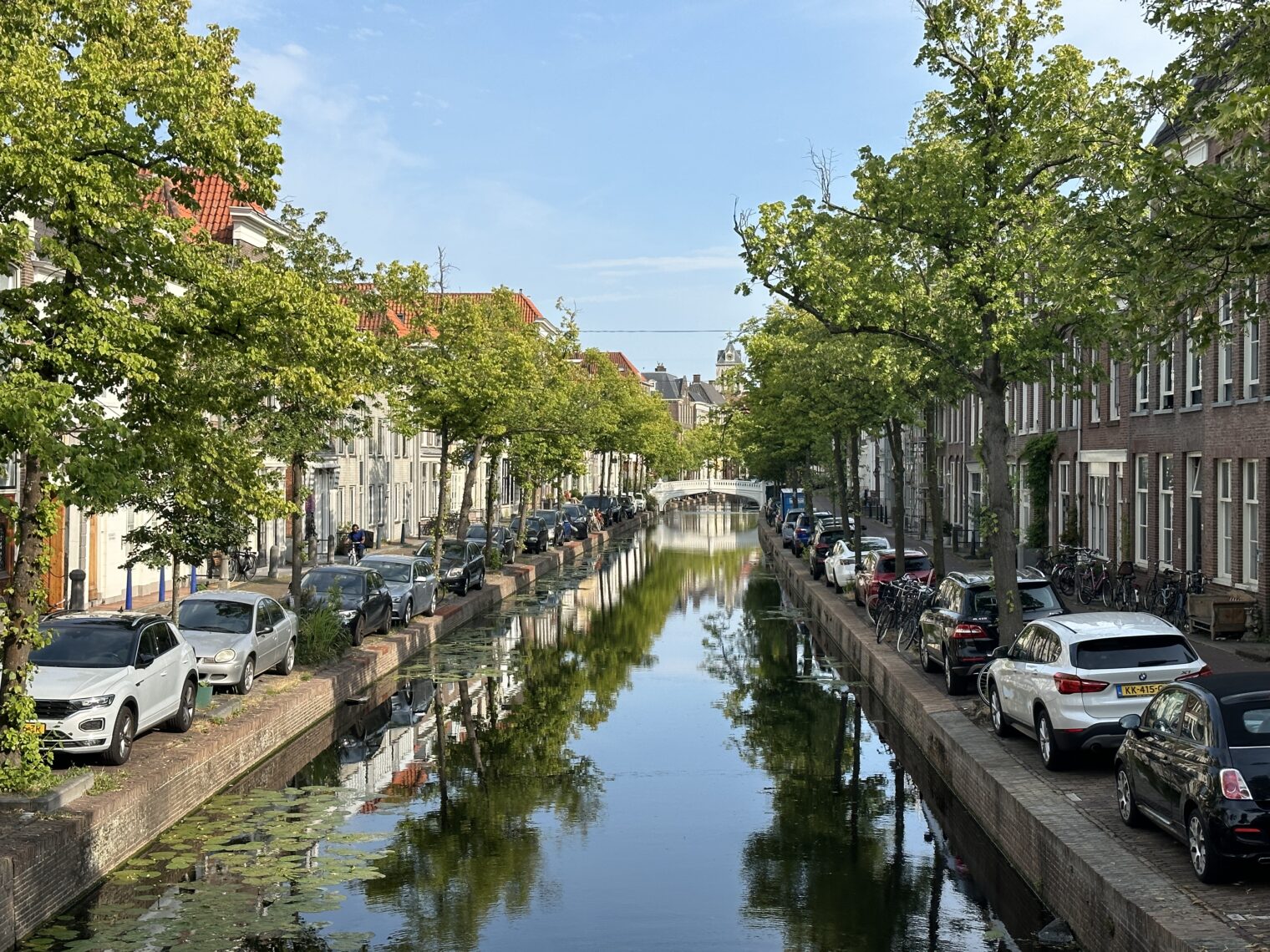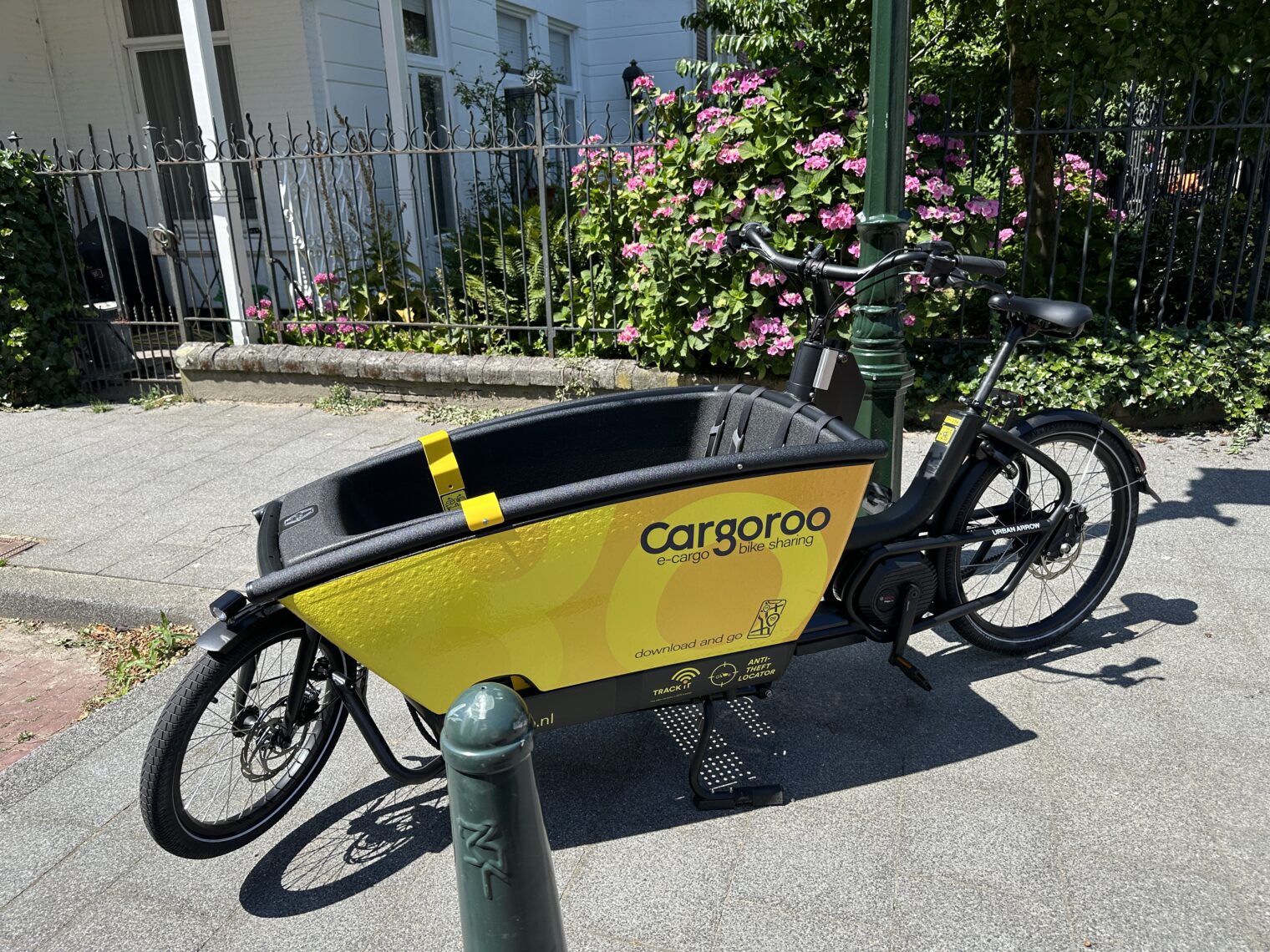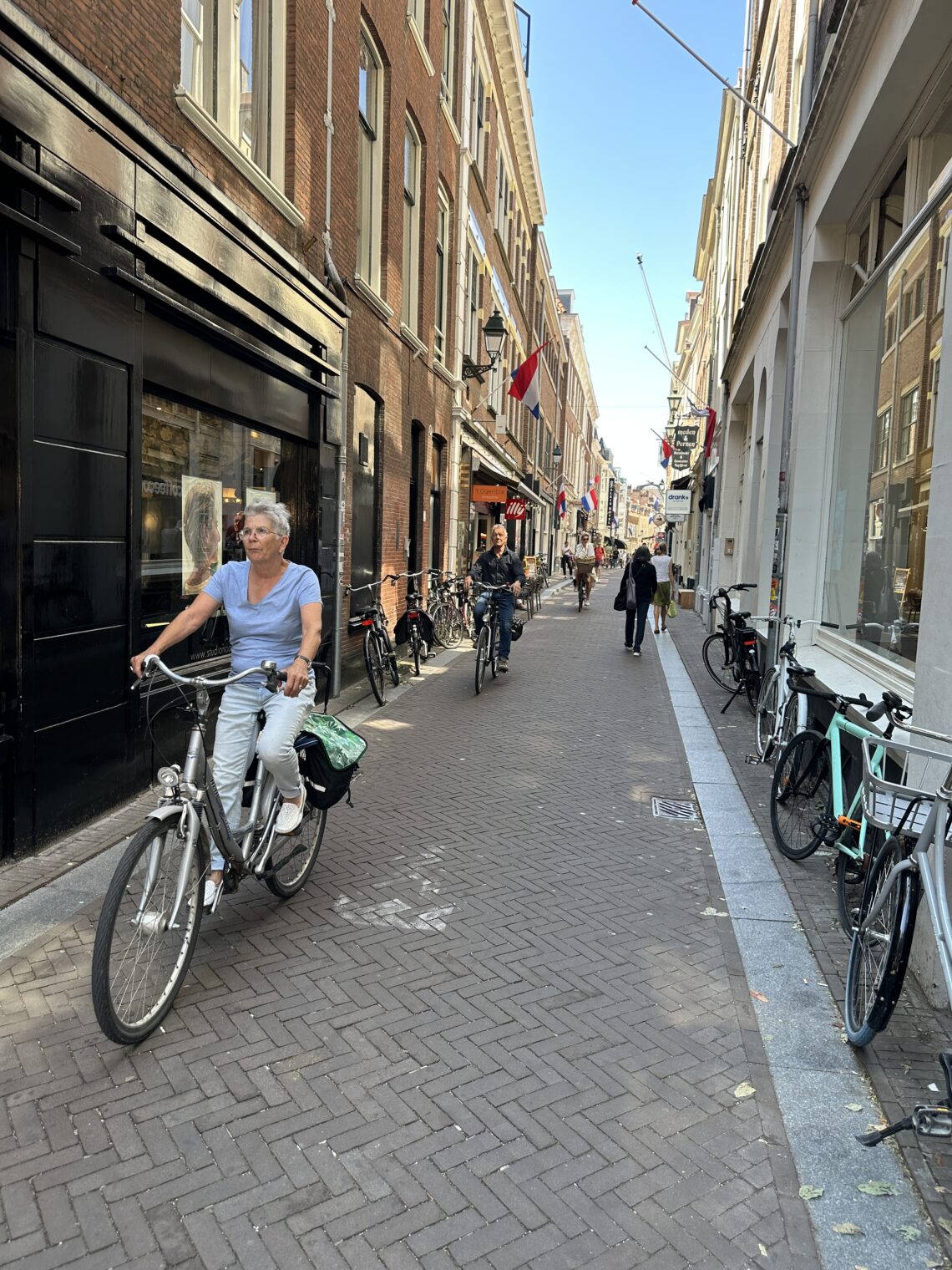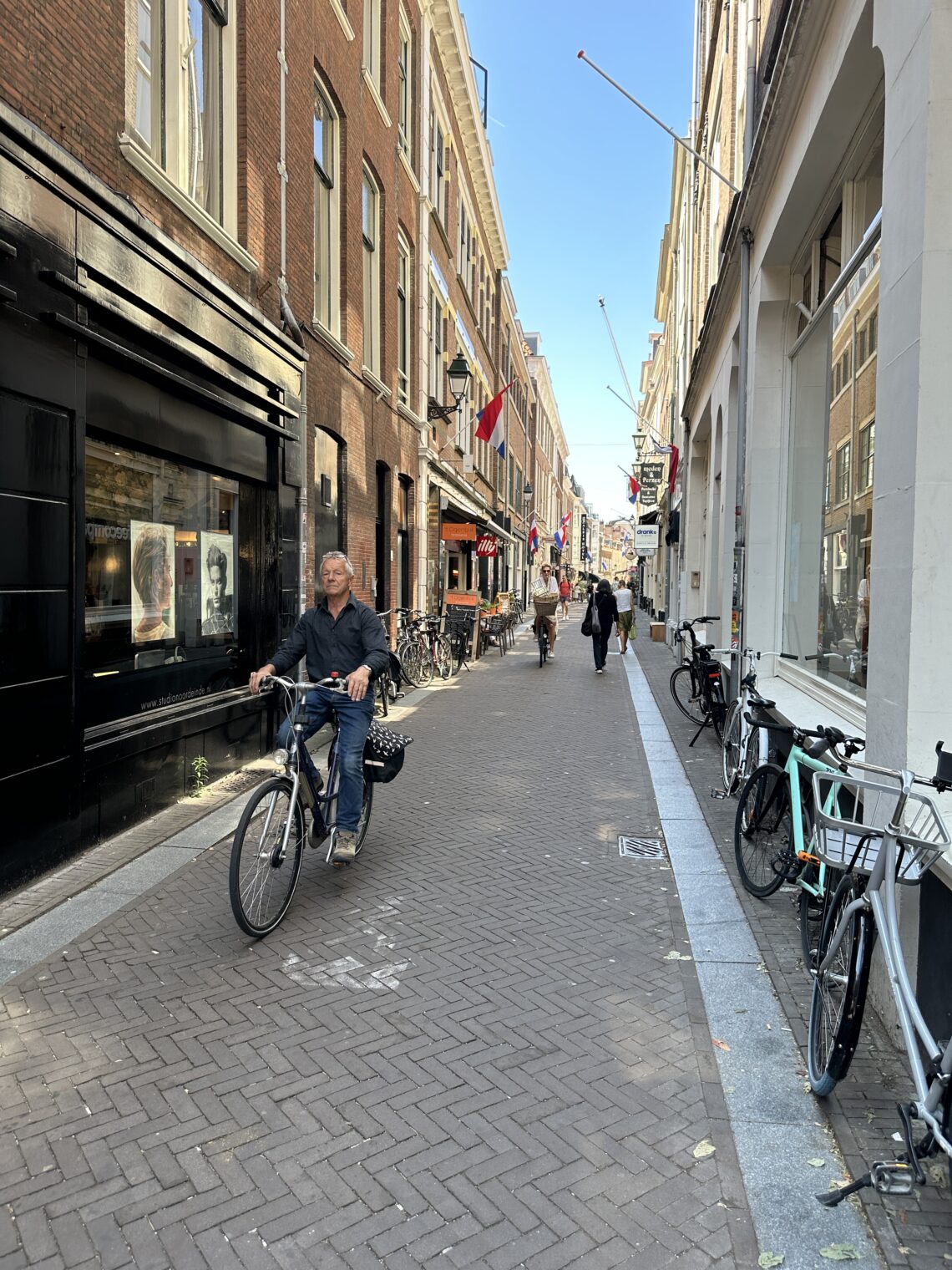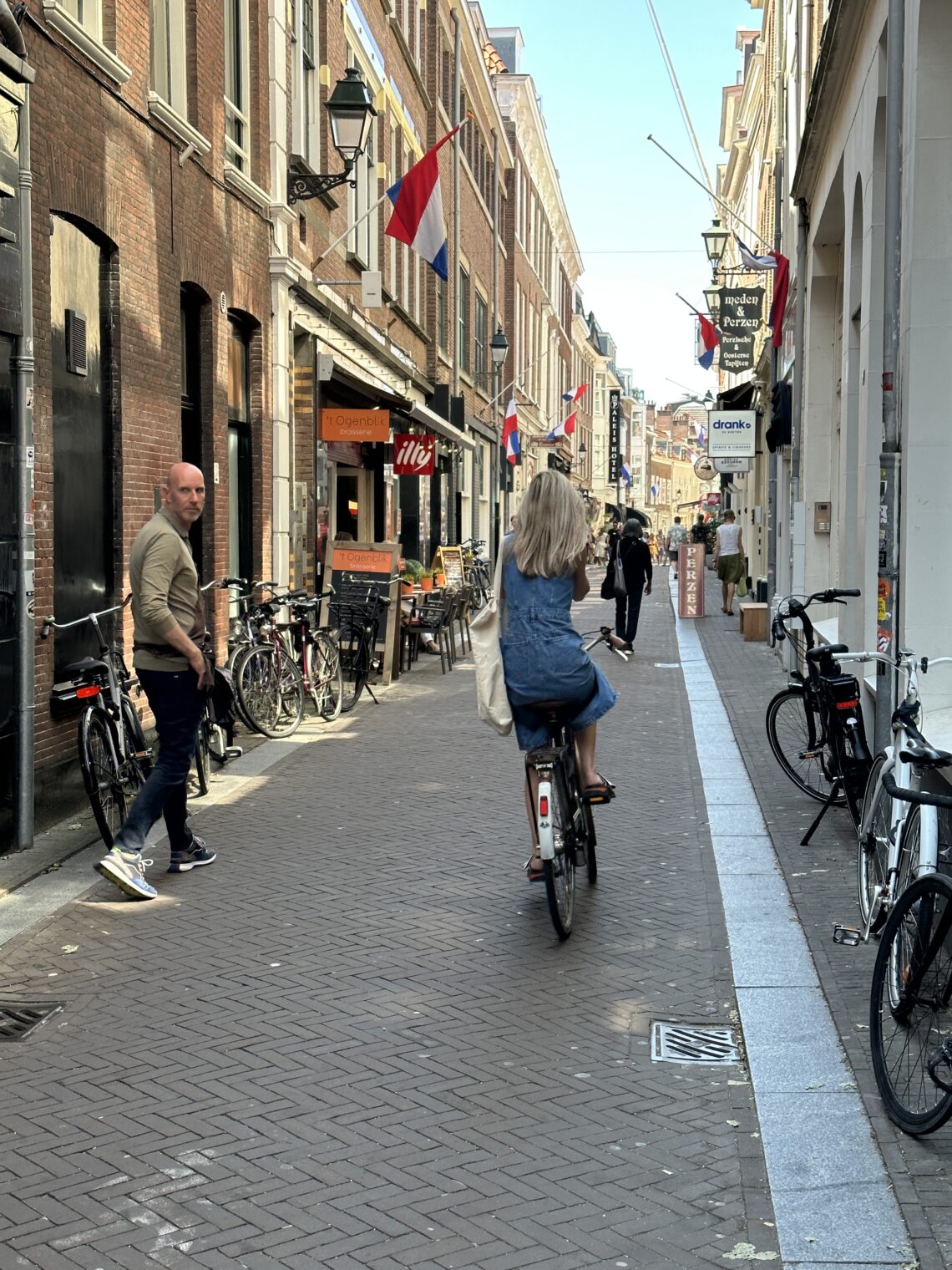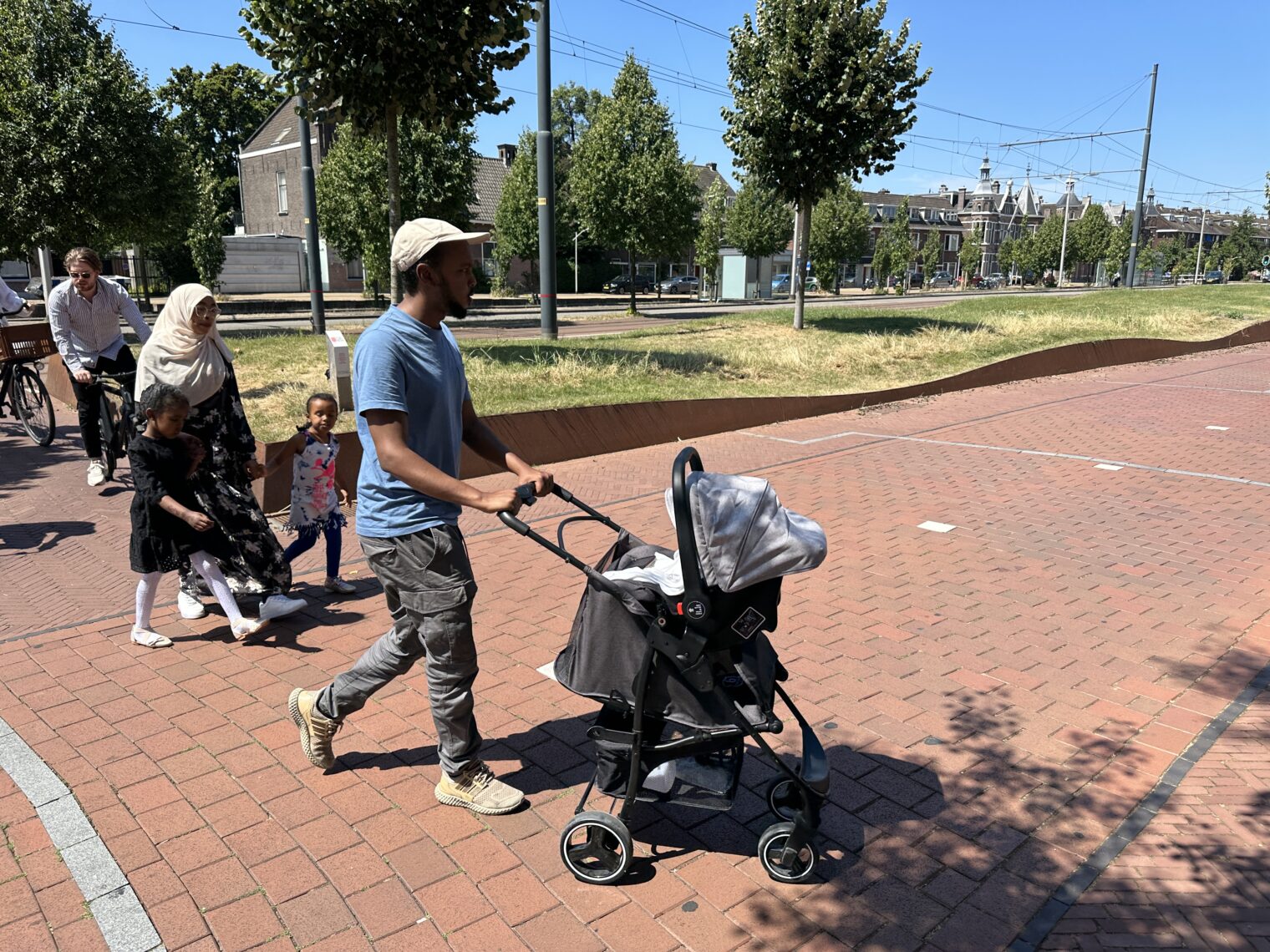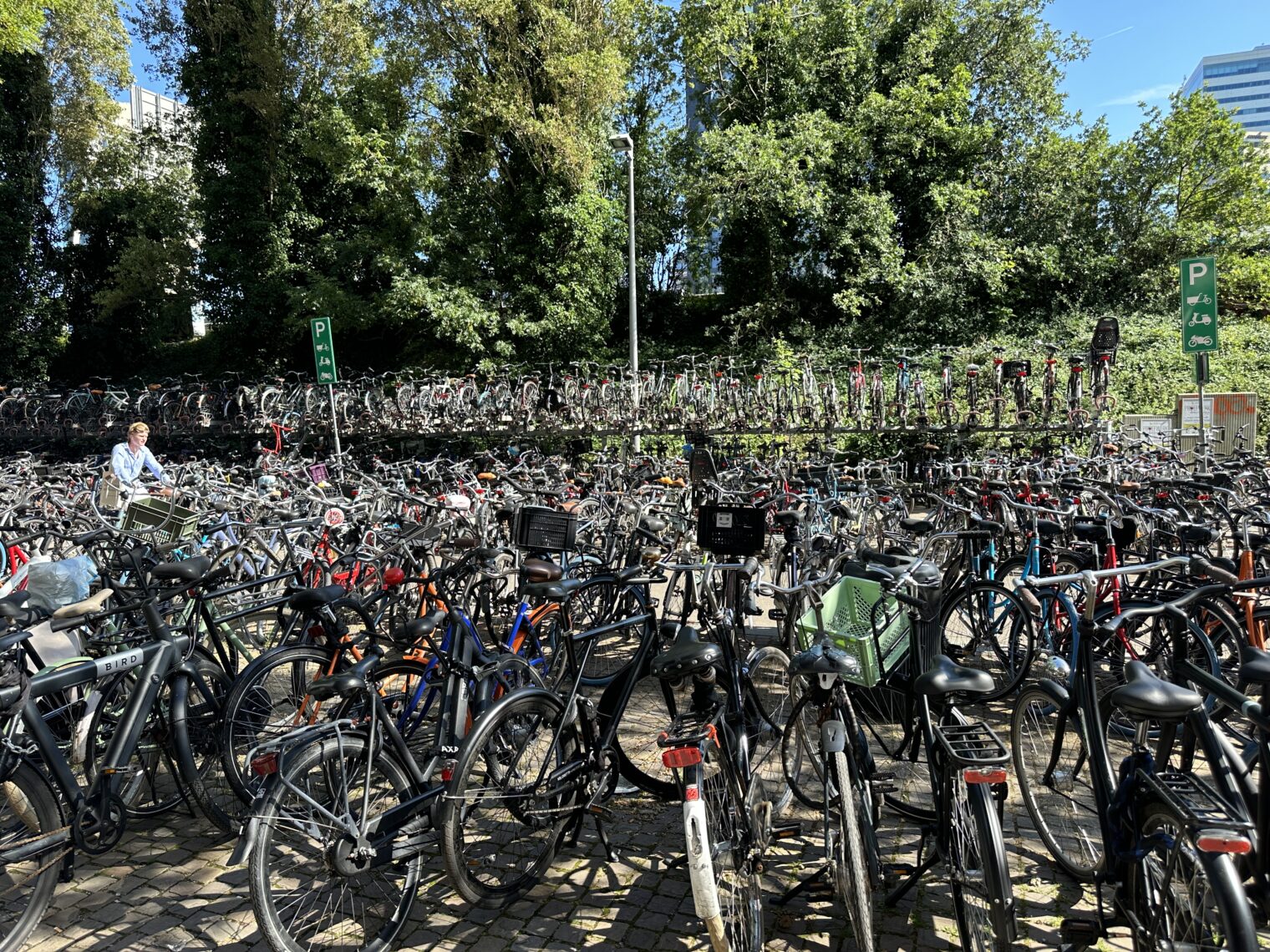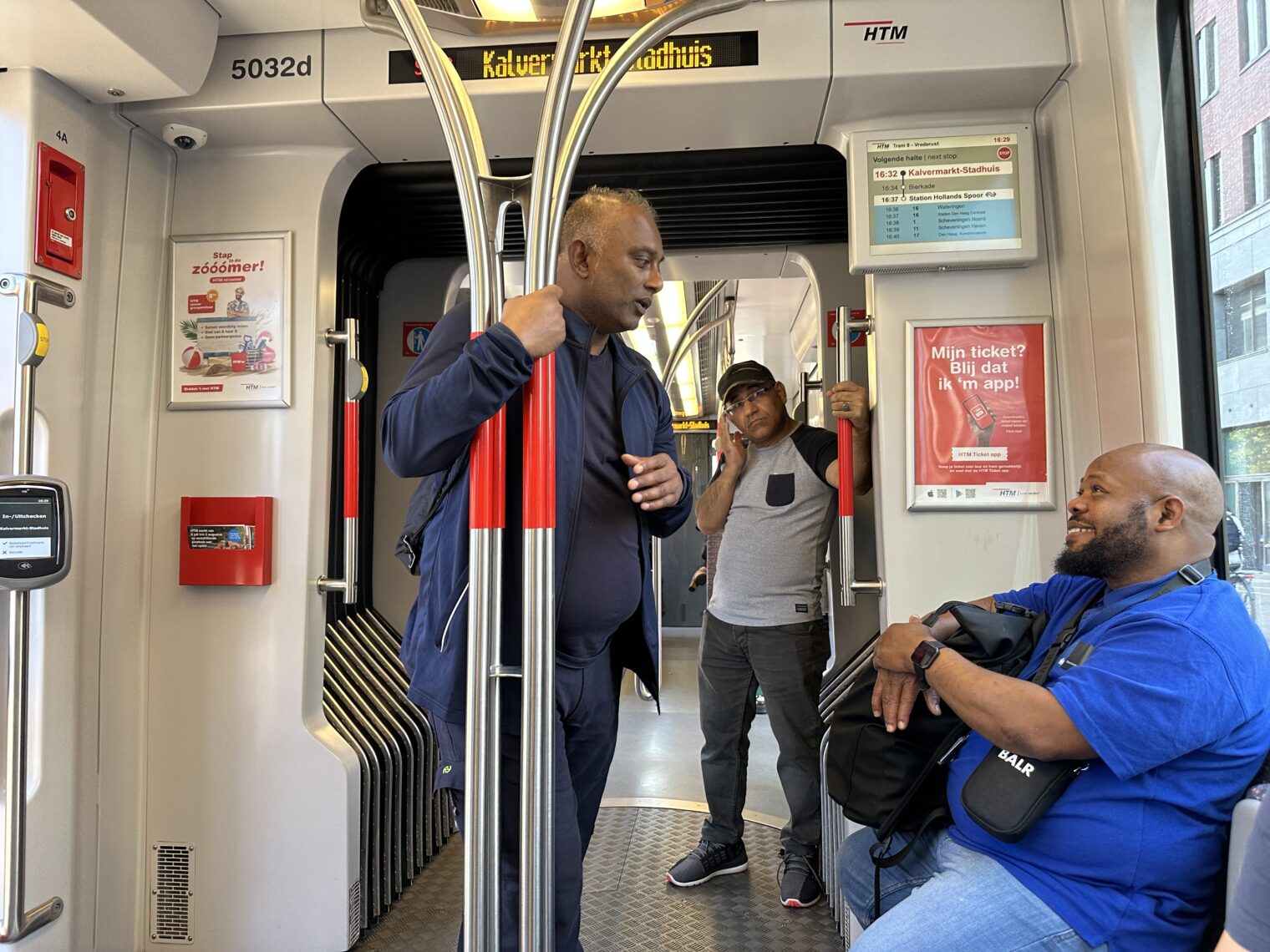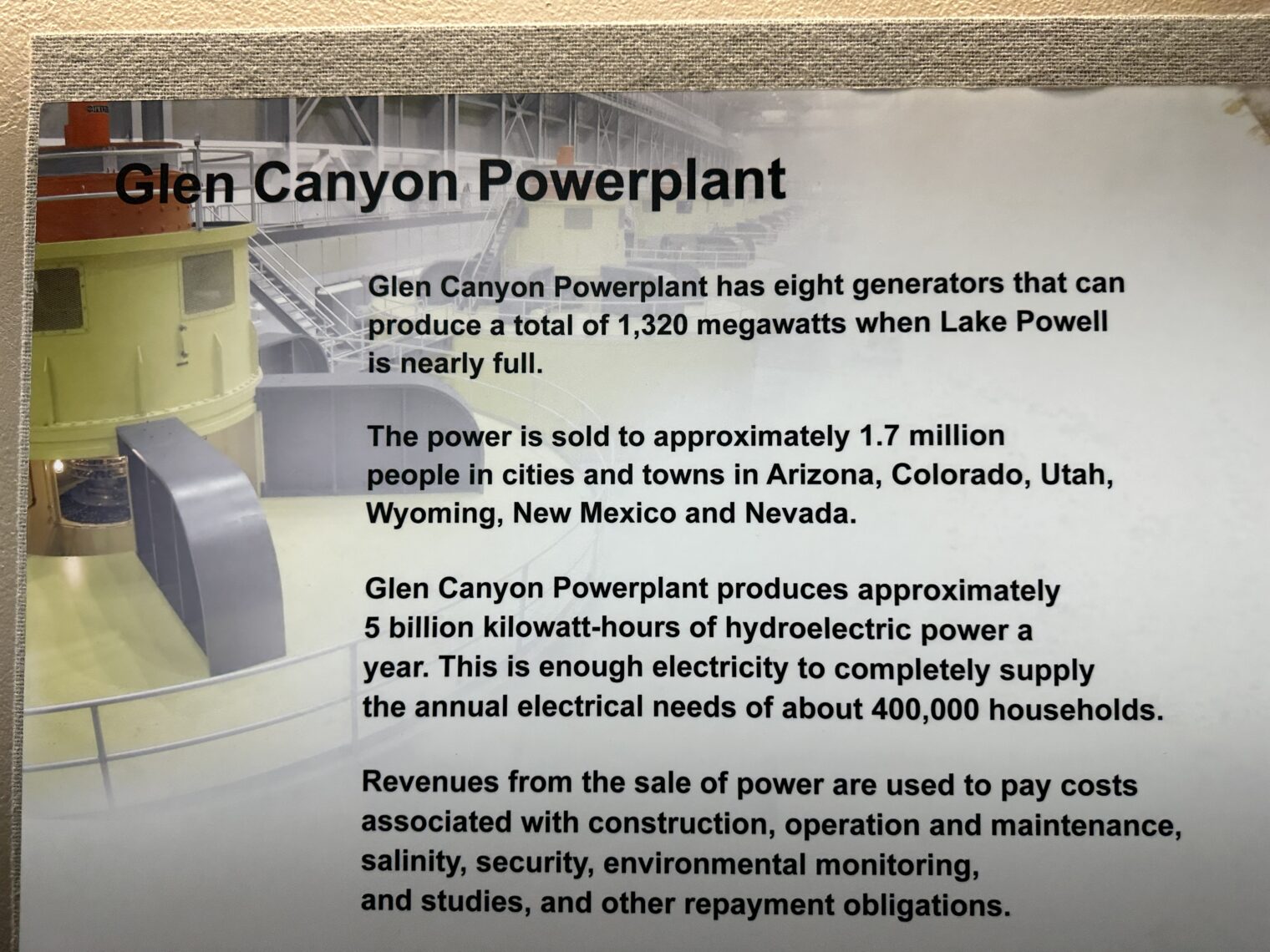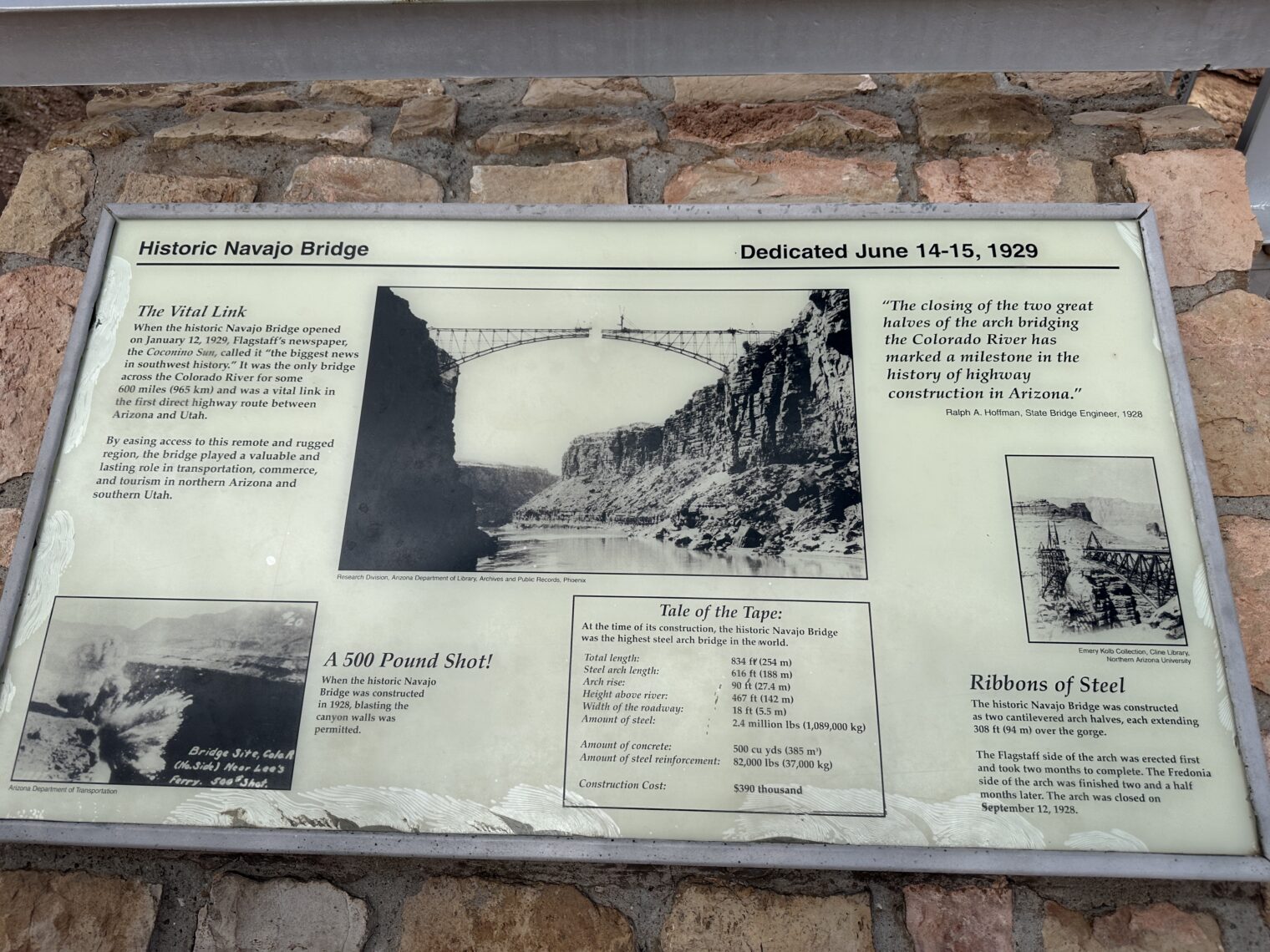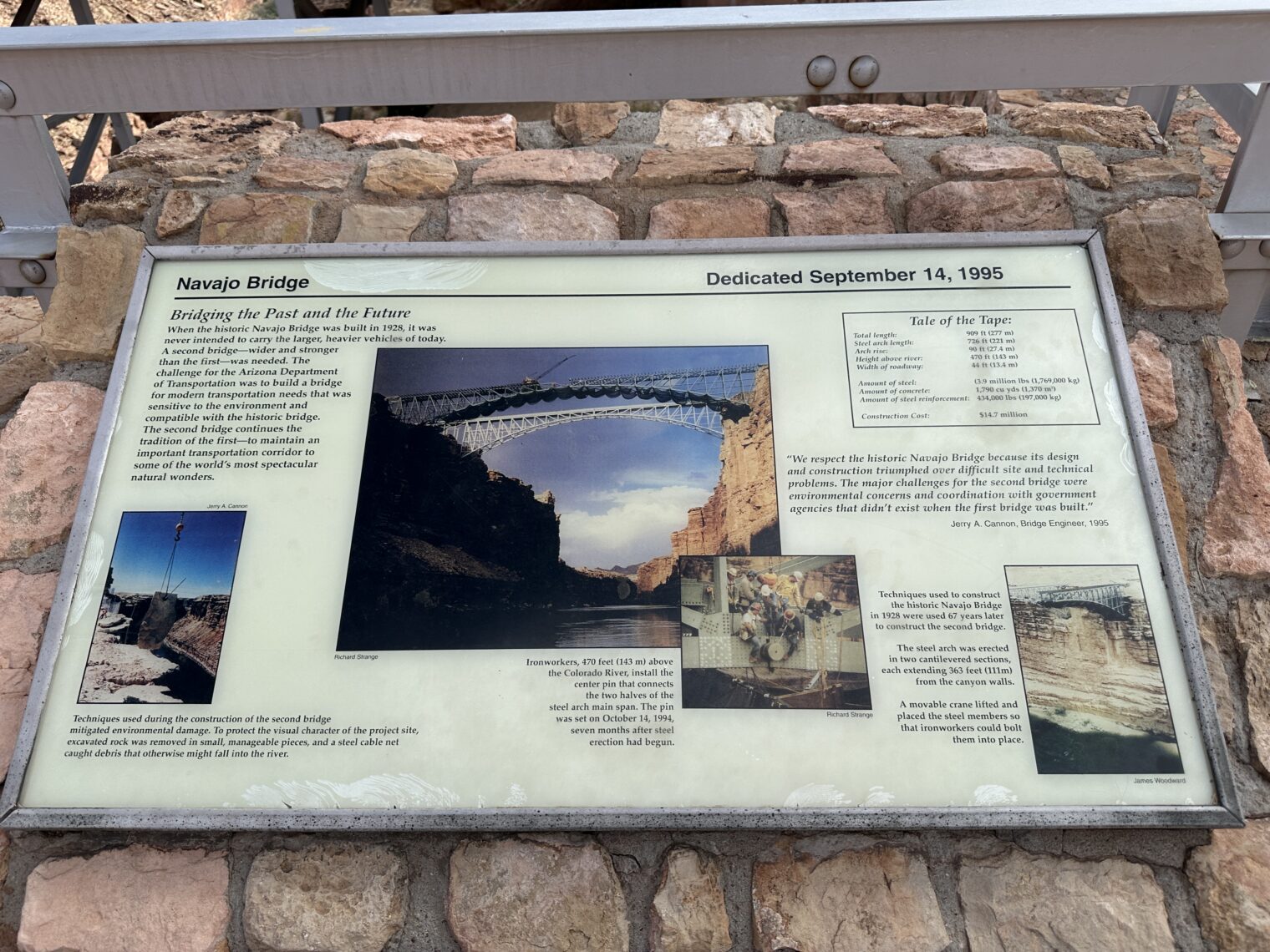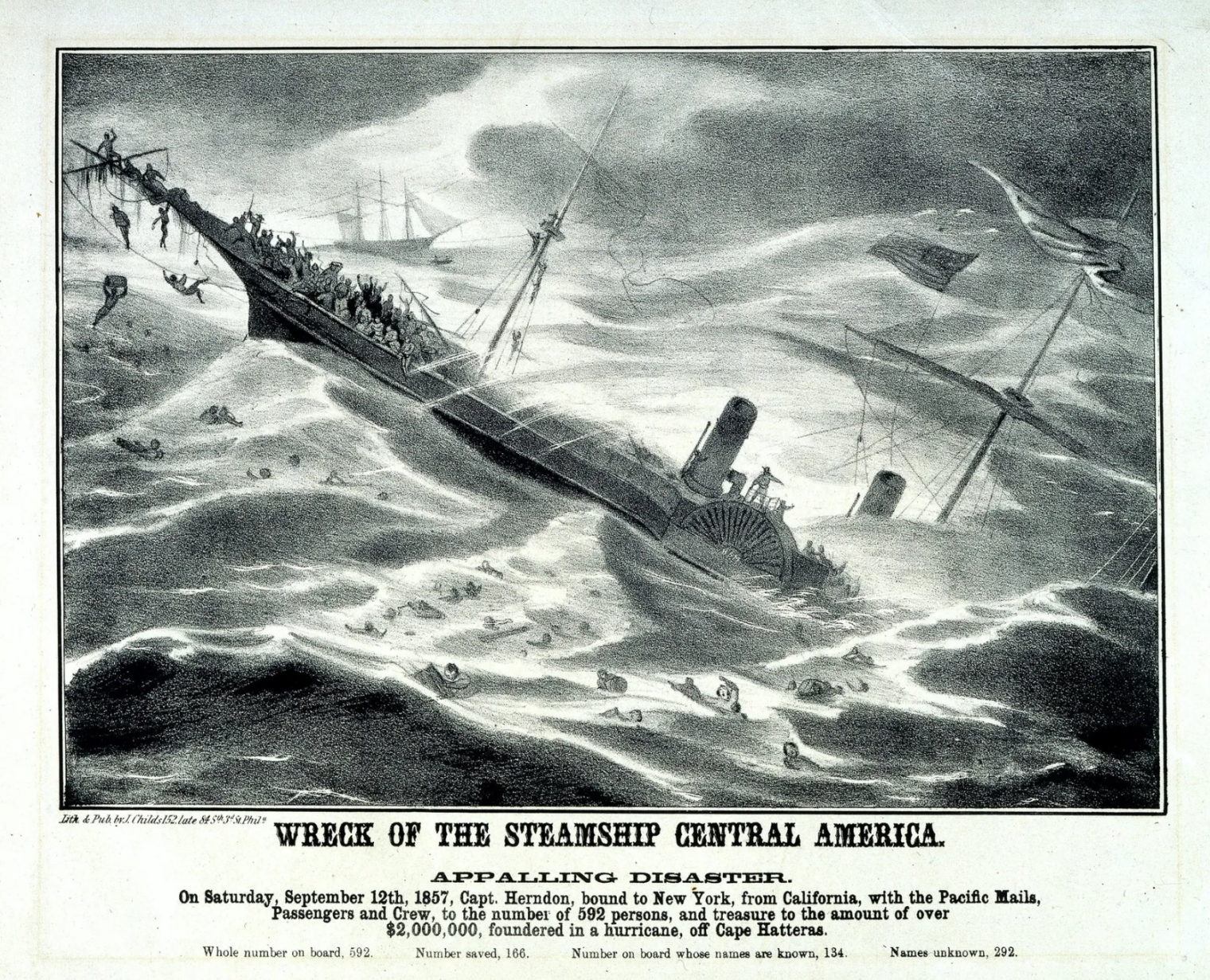History of failed attempts to build houses cheaper
Loyal readers may recall that one of my pet obsessions is why the manufacturing techniques that have made cars and widgets cheaper can’t be applied to housing. Why can’t, at least, the house have plug-in bathrooms, kitchens, and utility rooms so that all of these items can be refreshed cheaply with factory-built rooms after 20 years?
A side effect of our failure to come up with a way to build houses at a lower cost is the “affordable housing crisis” that advocates for population growth via low-skill immigration like to decry (see Immigration and rent are both at all-time highs).
“Why Do We Build Houses in the Same Way That We Did 125 Years Ago?” (New York Times; non-paywalled version) digs into this question:
In 1969, the federal government announced that it would hand out millions of dollars in subsidies to companies willing to try something new: build houses in factories.
It didn’t work. Big companies, including Alcoa and General Electric, designed new kinds of houses, and roughly 25,000 rolled out of factories over the following decade. But none of the new home builders long survived the end of federal subsidies in the mid-1970s.
Last year, only 2 percent of new single-family homes in the United States were built in factories. Two decades into the 21st century, nearly all U.S. homes are still built the old-fashioned way: one at a time, by hand. Completing a house took an average of 8.3 months in 2022, a month longer than it took to build a house of the same size back in 1971.
As with most innovations, the central planners believe that central planning (“government help”) is necessary:
The tantalizing potential of factory-built housing, also known as modular housing, continues to attract investors and entrepreneurs, including a start-up called Fading West that opened a factory in 2021 in the Colorado mountain town of Buena Vista. But Fading West, and similar start-ups in other parts of the country, need government help to drive a significant shift from handmade housing to factories. This time, there is reason to think it could work.
How much can be saved?
Fading West says houses from its factory can be completed in as little as half the time and at as little as 80 percent of the cost of equivalent handmade homes, in part because the site can be prepared while the structure is built in the factory. A 2017 analysis by the Terner Center for Housing Innovation at the University of California, Berkeley, found similar savings for the construction of three- to five-story apartment buildings using modular components.
If we adjust for the inevitable startup hype factor… the 80 percent is probably 115 percent of what a tract house developer spends when building 25-100 houses at a time and 95 percent of what it would cost to build one house via the traditional method.
What do people who don’t get government money for their factory-built house startup say?
Factory home builders have struggled to streamline construction. [Brian Potter, a senior infrastructure fellow at the Institute for Progress, a nonpartisan think tank focused on technological innovation] spent several years looking for ways to make housing construction more efficient, an effort he narrated on a fascinating blog, before concluding that significant progress wasn’t likely. “Almost any idea that you can think of for a way to build a single-family home cheaper has basically been tried, and there was probably a company that went bankrupt trying to do it,” Mr. Potter told me.
The depressing conclusion: If you believe in fairy tales, single-family houses could potentially come down in price by 15 percent (the land underneath won’t be reduced in cost by 20%!) as an absolute outer limit. If the American population is to grow, therefore, people are going to live in smaller and crummier houses unless they develop valuable work skills.
Full post, including comments




